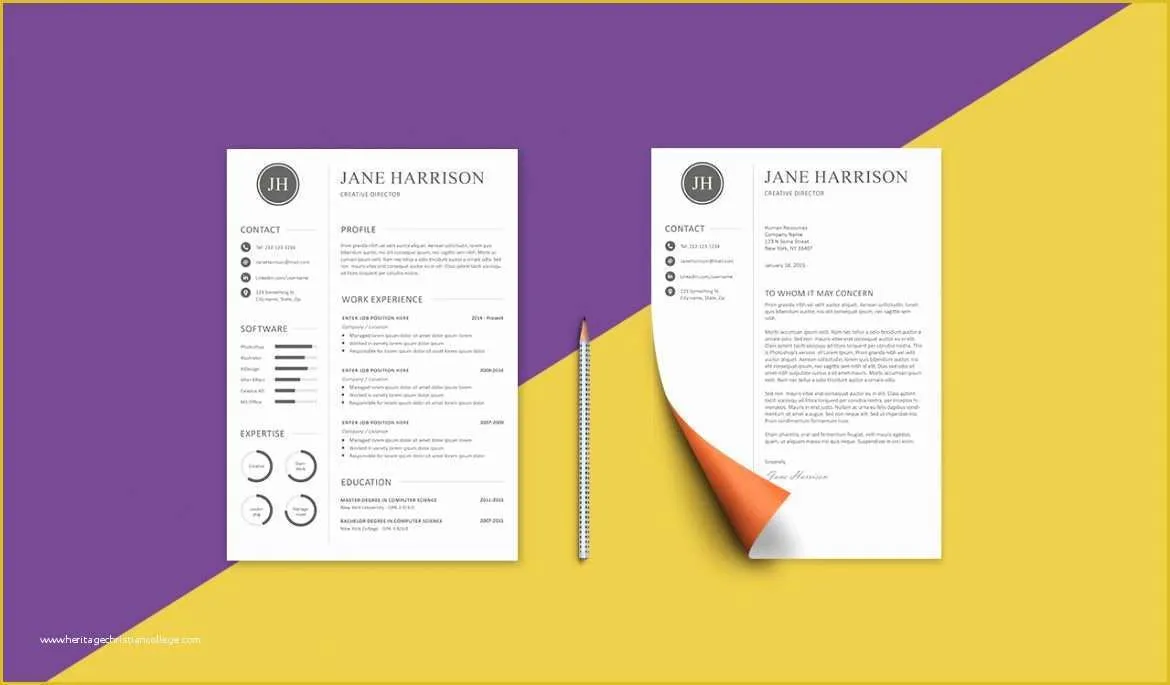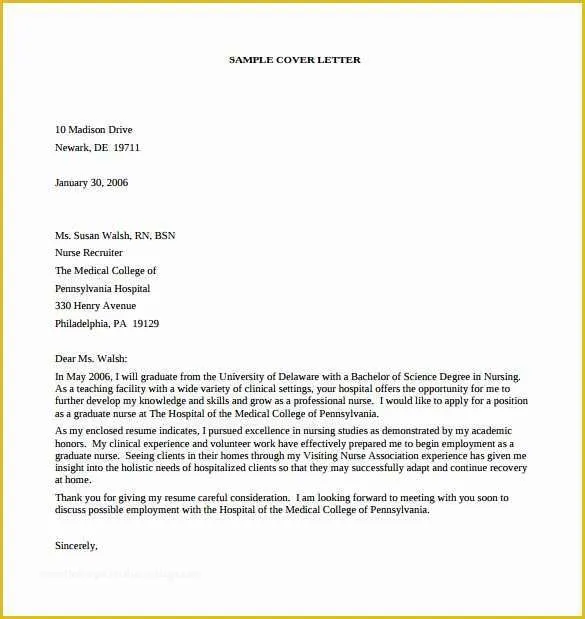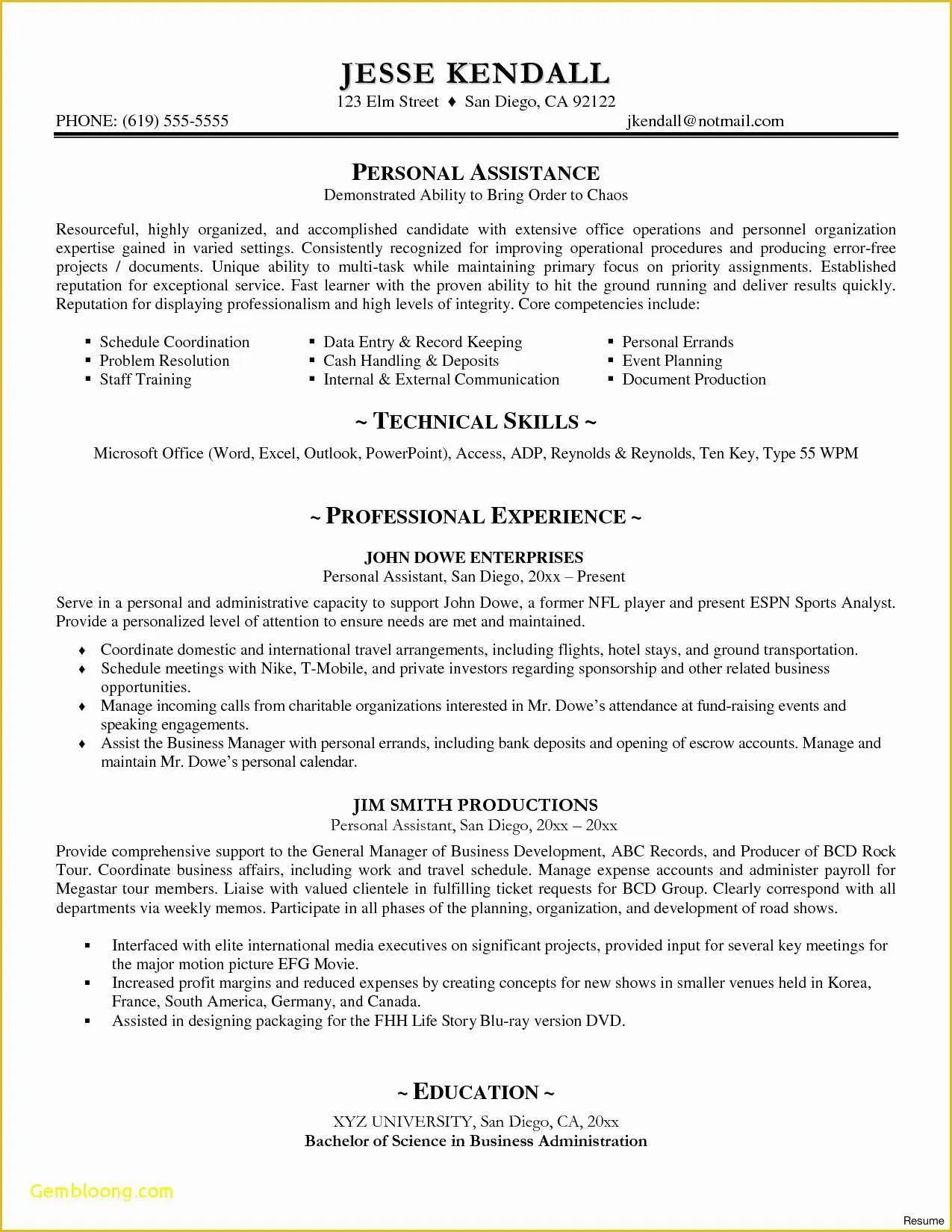What is a Cover Letter & Resume Match
A successful job application often hinges on the synergy between your cover letter and resume. A match between these two documents ensures that you present a consistent, compelling narrative to potential employers. It’s about creating a cohesive presentation of your skills, experience, and aspirations, designed to showcase your suitability for the role. The resume provides a concise overview of your professional history and qualifications, while the cover letter expands on these details, demonstrating your personality and explaining why you’re the ideal candidate. When these two elements work in harmony, your application becomes a powerful tool, increasing your chances of landing an interview.
The Importance of Matching
Why is matching your cover letter and resume so important? Because it demonstrates attention to detail, professionalism, and a genuine interest in the position. Hiring managers can quickly identify inconsistencies between the documents. These inconsistencies can raise doubts about your communication skills and your commitment to the application process. A well-matched cover letter and resume present a unified front, reinforcing your qualifications and making a strong case for why you deserve an interview. It shows that you’ve taken the time to tailor your application specifically to the job requirements. In essence, it’s about selling yourself effectively and making a positive first impression.
Key Elements to Match

Several key elements should be aligned to achieve the perfect cover letter and resume match. These include contact information, skills and keywords, experience and accomplishments, and overall formatting. Consistency across these areas not only enhances your credibility but also simplifies the recruiter’s review process. By ensuring that all details align, you present yourself as organized and detail-oriented, qualities highly valued by employers. The goal is to provide a seamless experience for the hiring manager, making it easier for them to see you as a top candidate. Every element in both documents should work in tandem to support the narrative you are trying to create.
Contact Information Consistency
Start with the basics, and ensure that your contact information is identical on both documents. This includes your name, phone number, email address, and any links to your professional profiles, such as LinkedIn. Any discrepancy here can create confusion or lead to a missed opportunity. The recruiter should be able to effortlessly reach you using the information provided. Verify that the email address is professional and the phone number is up-to-date. The same goes for your physical address, if included. Double-checking these details eliminates any potential barriers for the recruiter to connect with you, increasing your chances of moving forward in the application process. A consistent contact section reinforces attention to detail, a crucial skill in the professional world.
Skills and Keywords Alignment
A crucial aspect of matching your resume and cover letter involves aligning your skills and keywords. Review the job description carefully, identifying the key skills and qualifications the employer is seeking. Then, incorporate these keywords strategically into both your resume and cover letter. In your resume, highlight these skills in your skills section and in your descriptions of past job responsibilities. Your cover letter is your opportunity to elaborate on these skills, providing specific examples of how you’ve used them to achieve results in previous roles. This strategy showcases your understanding of the job requirements and assures the hiring manager that you possess the necessary qualifications. Remember to use keywords naturally throughout your application to avoid it sounding forced or unnatural.
Experience and Accomplishments Synchronization

Your resume should provide a concise overview of your work history, while your cover letter should elaborate on significant accomplishments and experiences. Don’t simply reiterate what’s on your resume; instead, use your cover letter to provide context and depth. Choose 2-3 of your most relevant experiences from your resume and delve deeper into them in your cover letter. For each experience, discuss your role, the challenges you faced, the actions you took, and the results you achieved. Quantify your accomplishments whenever possible to demonstrate the impact you made. This will show how you’ve added value in previous roles. This approach enables the hiring manager to gain a complete understanding of your qualifications and contributions. Matching your resume and cover letter by providing these concrete examples demonstrates that you are the right candidate for the job.
Formatting and Tone Consistency
Maintaining consistent formatting and tone is paramount to ensure that your documents appear professional and polished. This includes using the same font, font size, and margin settings in both your resume and cover letter. Choose a readable font and stick with it throughout. Your writing style should also be consistent. If your resume is formal, your cover letter should mirror this formality. If your resume uses active voice, use active voice in your cover letter as well. Ensure that the tone aligns with the company culture and the job requirements. Consistency in style and formatting minimizes distractions and helps the hiring manager focus on the content of your application. This also shows attention to detail, indicating that you care about presenting a polished professional image.
Proofreading and Editing is Crucial
Proofreading and editing are non-negotiable steps in the application process. Errors in grammar, spelling, or punctuation can undermine your credibility and demonstrate a lack of attention to detail. Carefully review both your resume and cover letter for any mistakes. Read each document aloud, or have a friend or family member review them to catch errors you might have missed. Make sure that the information flows well and is easy to understand. Double-check all facts, dates, and names. Even small errors can make a significant impact. A well-edited document shows that you are meticulous and committed to producing quality work. Before submitting your application, make sure to do this.
Tailoring to the Job

One of the most effective ways to match your resume and cover letter is to tailor both documents to the specific job you are applying for. Generic applications often get discarded. When you tailor your documents, you demonstrate that you have done your research and understand the requirements of the role. Review the job description closely and identify the key skills, qualifications, and experiences the employer is looking for. Then, adjust your resume and cover letter to highlight your relevant qualifications. This may involve re-wording your descriptions, emphasizing certain accomplishments, or including specific keywords. Tailoring your application will demonstrate a genuine interest in the position and will increase your chances of getting hired.
Why Matching Matters
In a competitive job market, every detail counts. Matching your resume and cover letter sends a message that you are a meticulous, organized, and committed candidate. These documents work in tandem to showcase your skills, experience, and the value you bring to the company. They create a consistent narrative. Inconsistencies or discrepancies between the documents can raise doubts and damage your chances of getting an interview. Matching your documents is not just about following a checklist; it’s about demonstrating professionalism and a genuine interest in the position. It’s a way of showing that you have invested time and effort. This effort can make all the difference in a competitive field.
How to Get Started
Begin by reviewing the job description thoroughly. Understand the key skills, requirements, and expectations of the role. Next, assess your resume and cover letter, identifying any areas that need adjustment. Ensure your contact information is current and consistent. Look for keywords to incorporate into both documents. Then, tailor your resume and cover letter to match the job requirements. Highlight relevant accomplishments and experiences. Use the cover letter to elaborate on your resume and provide context. Use a consistent format and tone. Proofread both documents carefully to catch any errors. Seek feedback from a trusted friend or career advisor. By following these steps, you can create a compelling application that showcases your qualifications and increases your chances of landing your dream job.
Tips and Best Practices

To maximize your chances of success, consider these tips and best practices. Use a professional email address. Keep your resume concise, ideally one to two pages. Quantify your accomplishments whenever possible. Use action verbs to start your bullet points. Focus on the most relevant experiences. Proofread meticulously for grammar and spelling errors. Customize your cover letter for each job application. Make sure the tone of your letter aligns with the company’s culture. Highlight your unique value proposition. And, finally, always save your documents in a professional format, such as PDF. By following these tips, you’ll present yourself as a strong candidate, making your application stand out.
